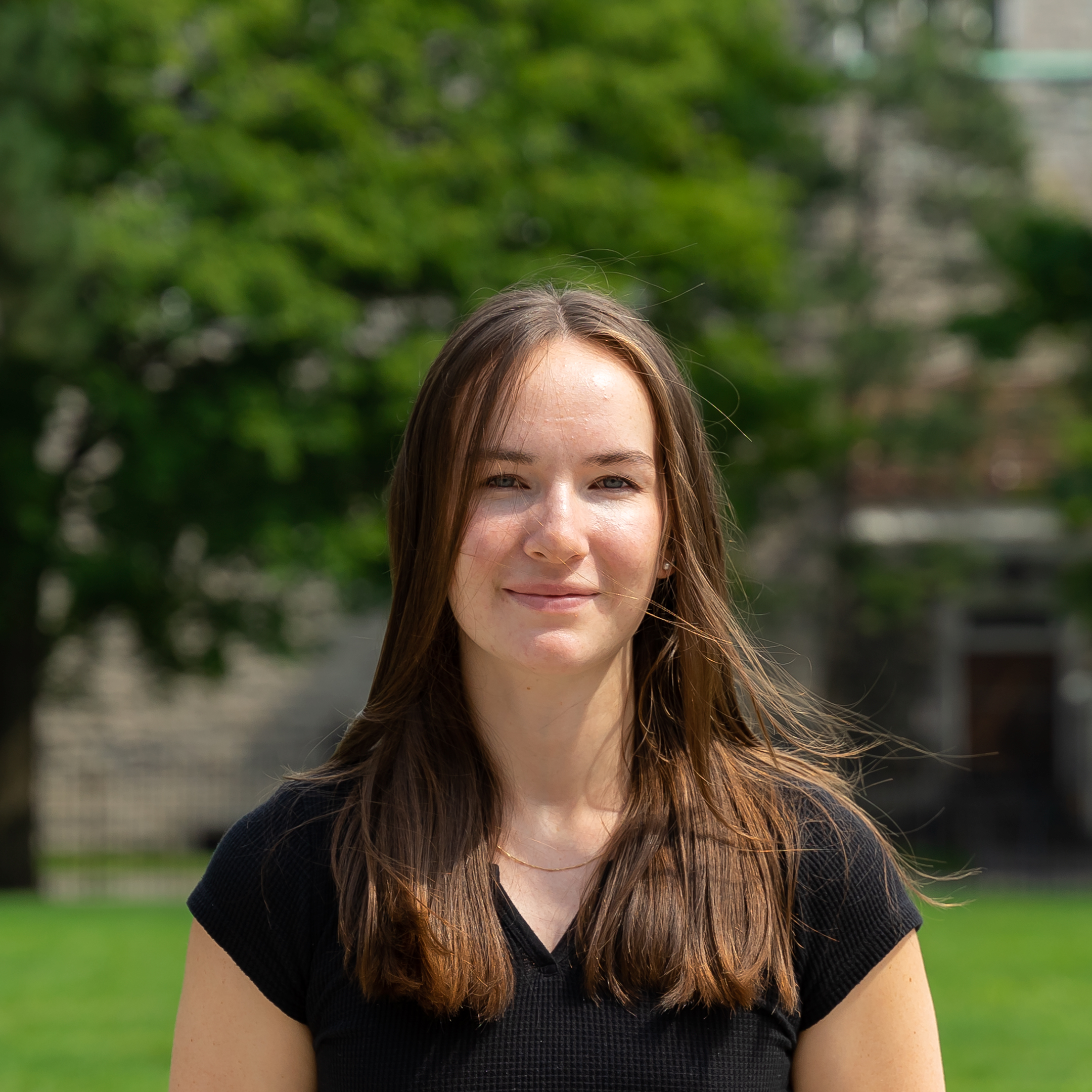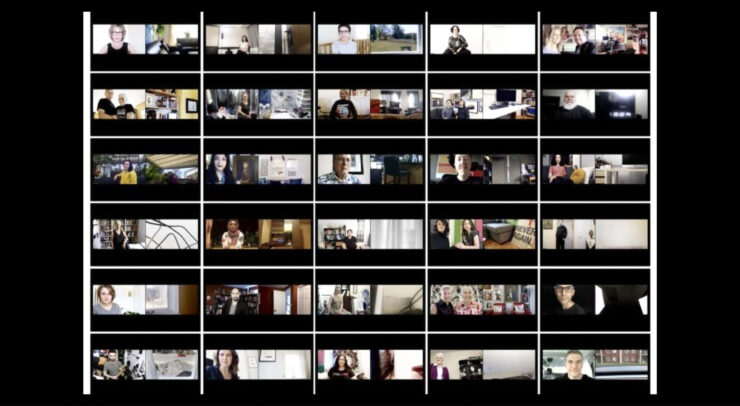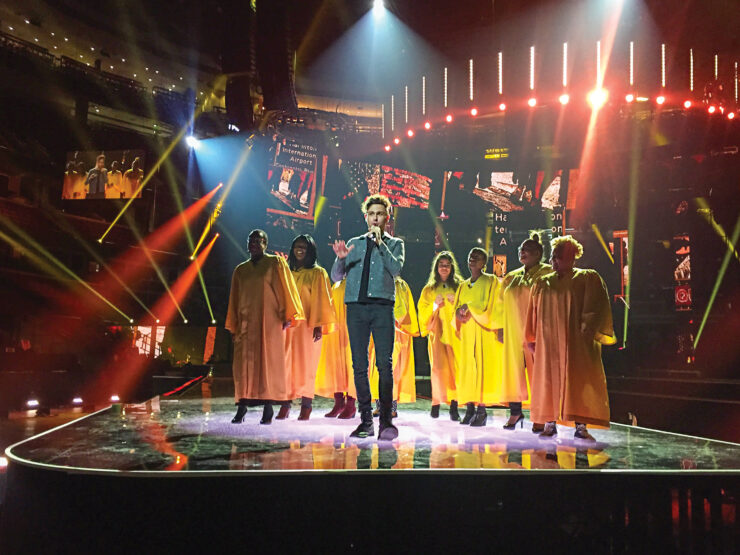BBC Earth captures the unseen in new nature documentary
On Saturday, Feb. 4, Ottawa experienced it’s coldest Feb. 4 in 100 years. Fittingly, that same morning, ARCTIC: Our Frozen Planet premiered at the Canadian Museum of History. The BBC Earth production opened with a sweeping shot of snow and ice-covered mountains, and Benedict Cumberbatch’s voice telling us the Arctic regularly records temperatures below -30 C throughout the winter.
Filmed over three years, the 45-minute film fades between seasons, dissecting some of the habits of the people and animals who live in the Arctic. Polar bears, Atlantic walruses, gray wolves, and American bison, among others, were featured in the film. Some scenes, like the thawing of the Lapland bumblebee queen after nine months of hibernation, had never before been caught on film.
ARCTIC strikes a balance between admiring the adaptability of life in the far north and expressing concern for its uncertain future due to climate change. Magnificent shots of feats of nature — like Greenland’s ice cap breaking off into the sea — are bookended by reminders that it all might not last much longer.
Cumberbatch’s narration keeps the mood light when it needs to be, though, like when the Atlantic walruses are taking a “well-deserved rest” on land, or when a baby harp seal falls in the water while learning to swim.
The film is a reflection of the harsh conditions animals living in the Arctic undergo throughout the year. The production team had to time their travelling and filming perfectly — at times down to the week — in order to catch migratory patterns. They filmed for hours to create second-long scenes exhibiting unique behaviour from animals in their natural habitats on land, ice, and underwater.
Eric Regehr — Polar Bear Specialist from the University of Washington — said in a Q&A after the premiere that he’s personally noticed changes in the behaviour of the polar bears in the 20 years he’s spent studying them. Melting glacial ice means polar bears and other Arctic mammals are left swimming much further distances than before.
But those changes aren’t only affecting the wildlife in the Arctic. The film producers also visited Qaanaaq, Greenland, one of the northernmost towns in the world, and spoke to members of the Inuit community there about climate change. In one hunter’s lifetime, the sea ice has melted an entire month earlier in the summer and thinned to the point where dog sledding across it to hunt isn’t always possible.
Viewers were left astounded by the unfamiliar and beautiful life in the Arctic, but also reminded that however cold it was in the Ottawa-Gatineau region that morning, we can’t ignore the truth that the planet is warming.
ARCTIC: Our Frozen Planet is screening in English and French at the Canadian Museum of History until July 2023. The film is included with a general admission ticket.







